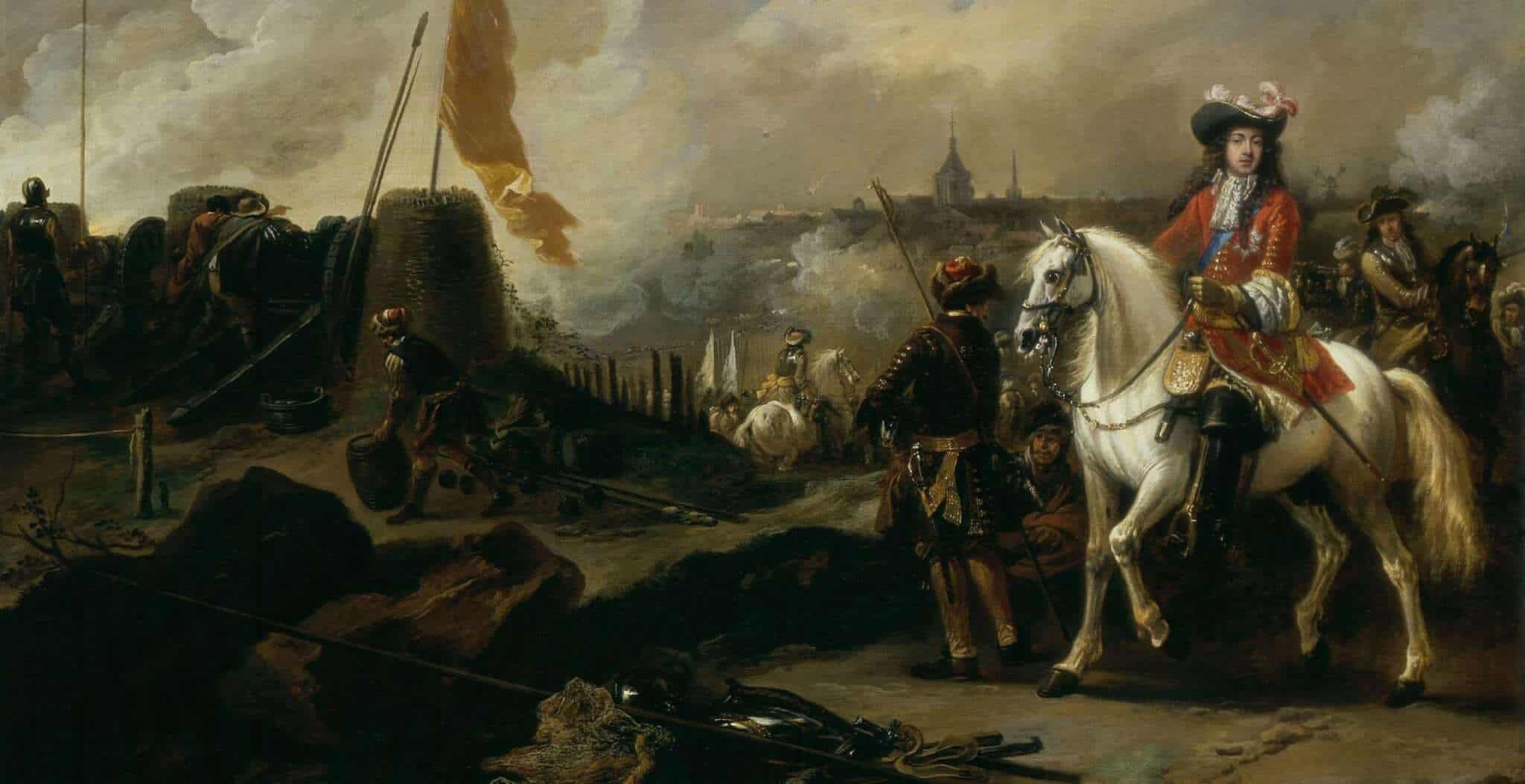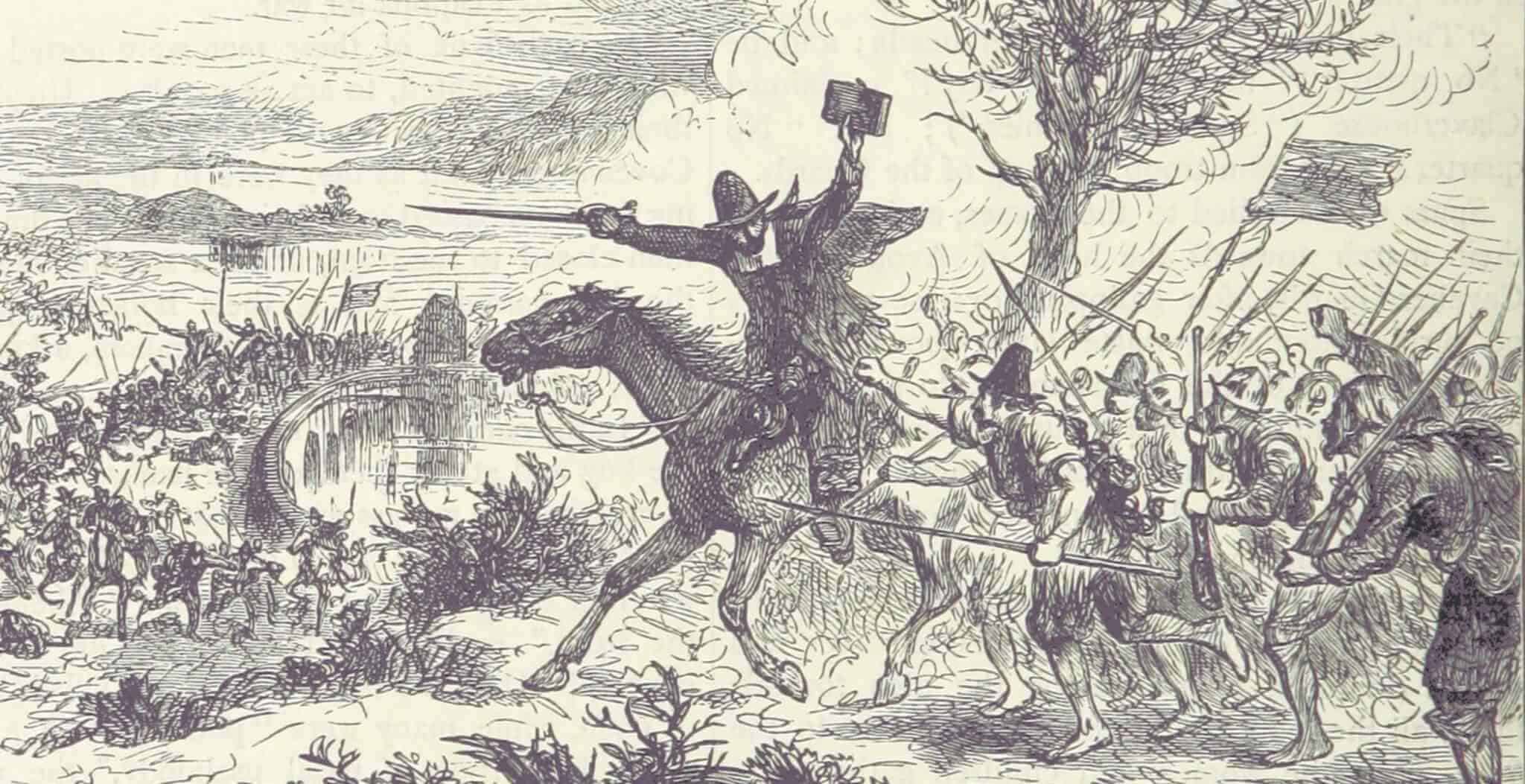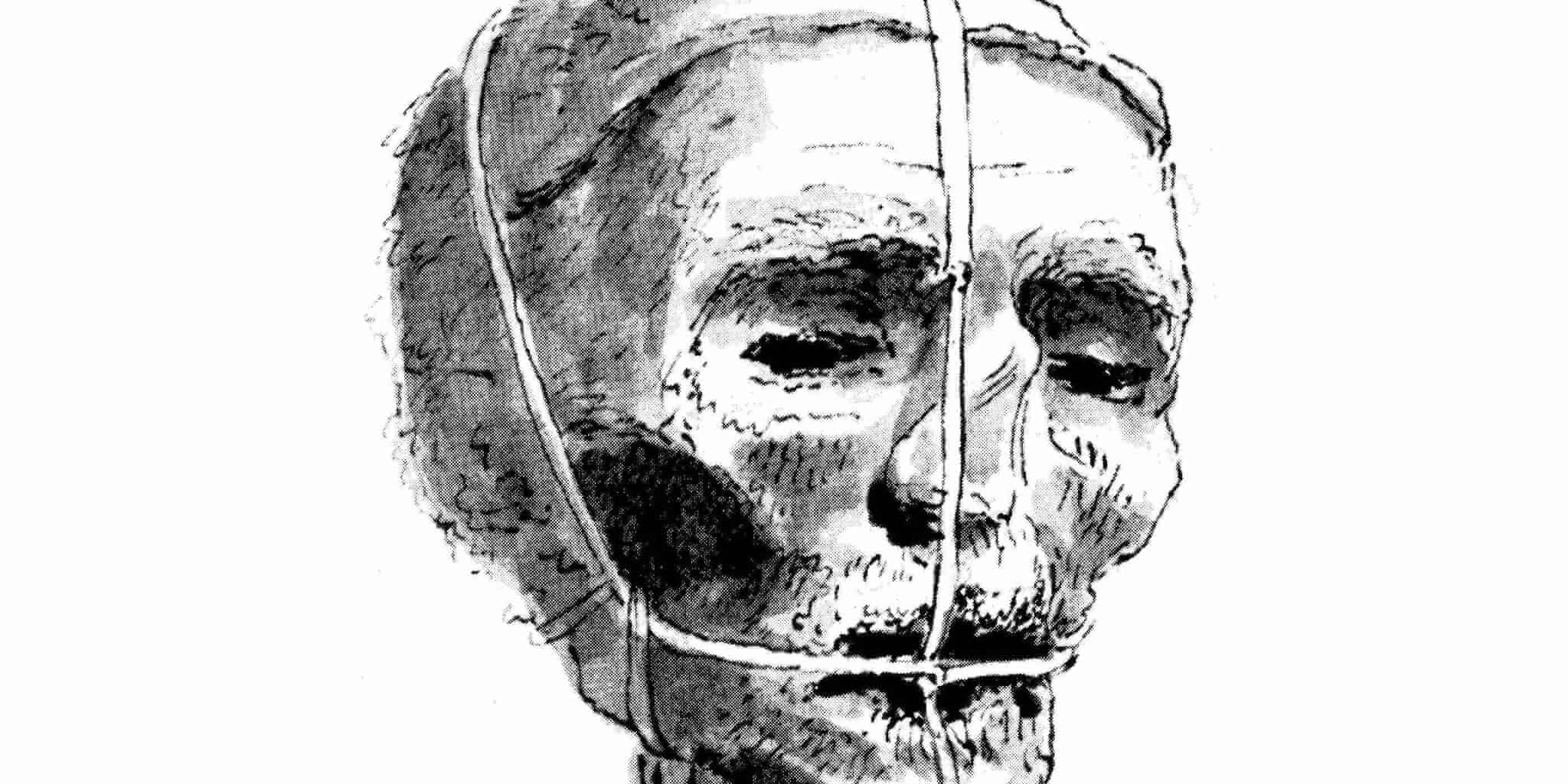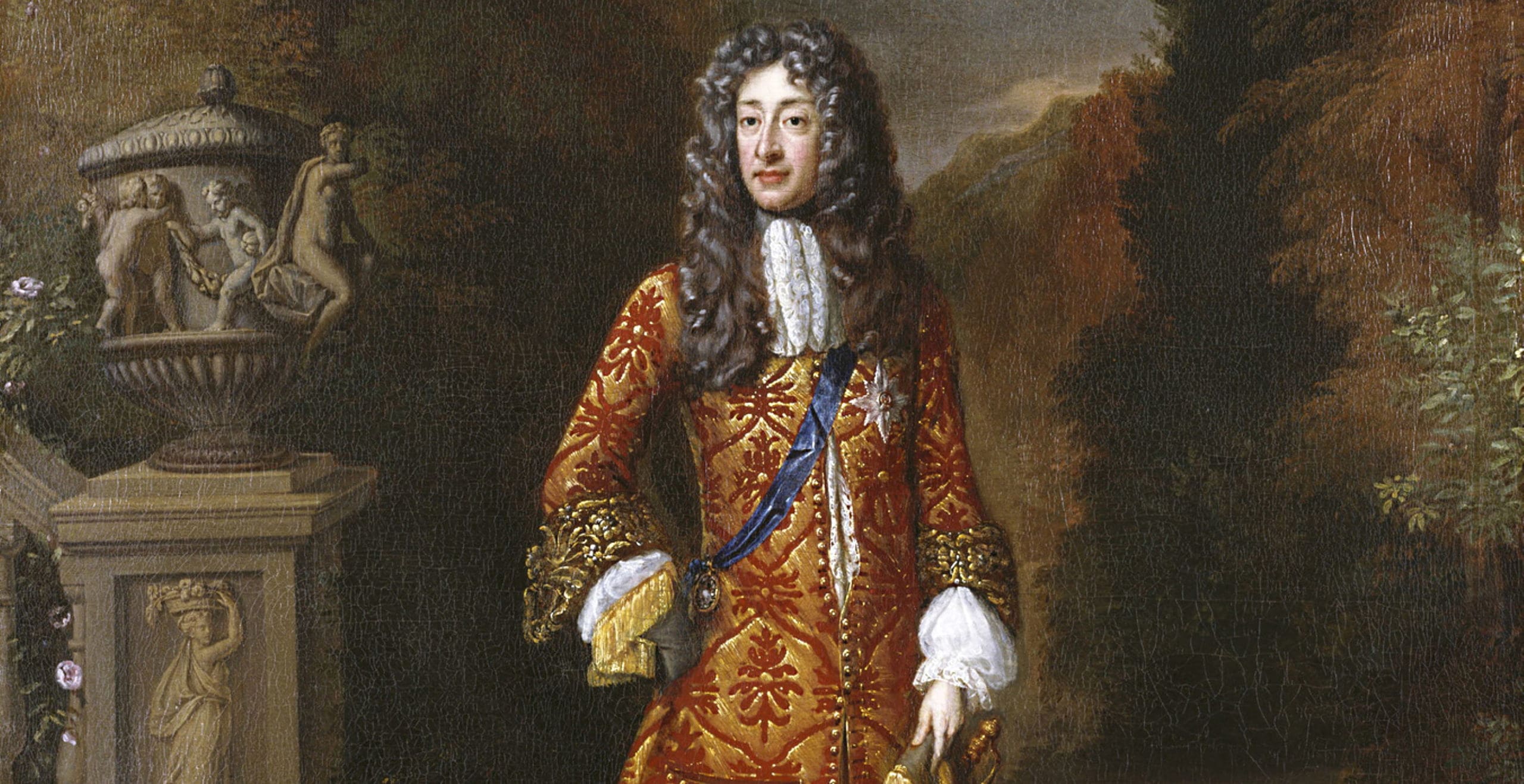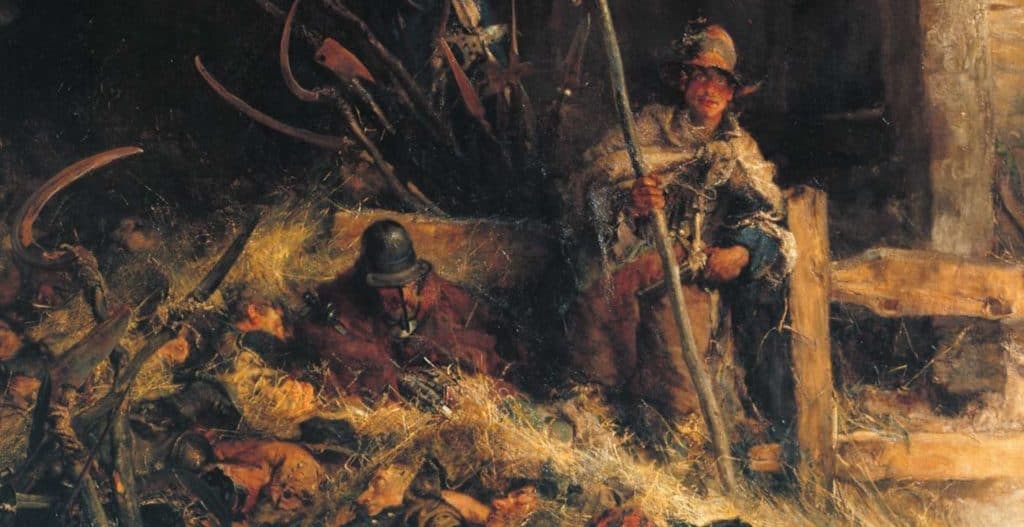The Monmouth Rebellion of the summer of 1685 was an attempt to seize the crown of England by James Scott, Duke of Monmouth, from his uncle the Catholic King James II.
In what would be the final action of the rebellion, the Battle of Sedgemoor took place on the 6th July 1685 at Westonzoyland in Somerset.
Leading a surprise night-time attack against the enemy encampment, Monmouth’s bold strategy was only discovered when a shot was fired from a passing Royalist patrol.
With the element of surprise now gone, the battle was all but lost, the farmers and peasants that made up the bulk of Monmouth’s 3,600 strong rebel forces were no match for the slightly smaller, but well equipped professional soldiers of the Royalist army.
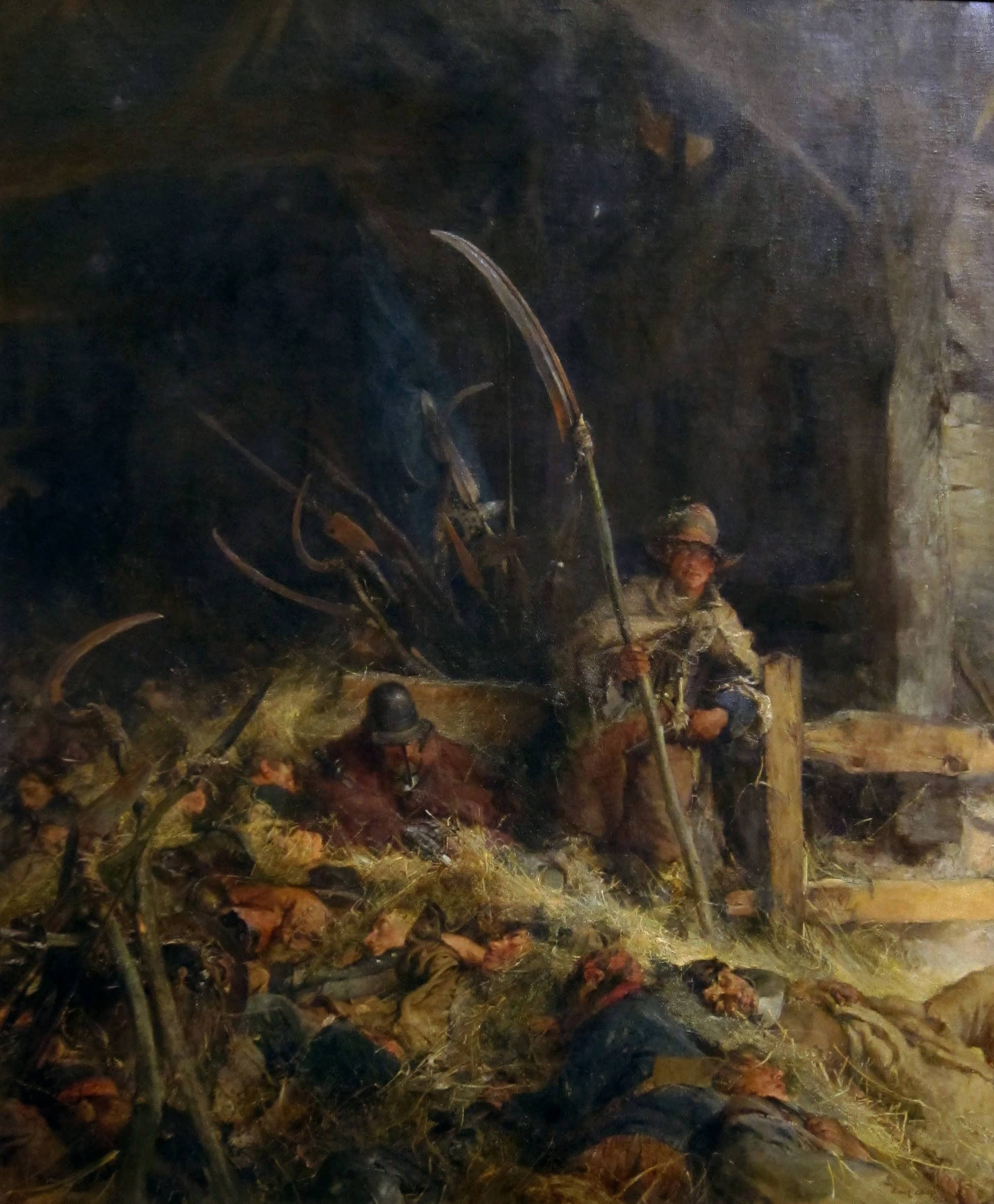
In what would be the last pitched battle to be fought on English soil, the rebel army was totally destroyed. Monmouth himself was captured and later executed, and hundreds of his supporters suffered ferocious reprisals at the hands of the infamous Judge Jeffreys’ Bloody Assizes.
Click here for a Battlefield Map
Key Facts:
 Date: 6th July, 1685
Date: 6th July, 1685
War: Monmouth Rebellion
Location: Near Bridgwater, Somerset
Belligerents: Royalists (led by James II), Rebels (led by James Scott, also known as the Duke of Monmouth and pictured to the right)
Victors: Royalists
Numbers: Royalists 3,000, Rebels 3,600
Casualties: Royalists around 100, Rebels more than 1,600
Commanders: Louis de Duras (Royalists), Duke of Monmouth (Rebels)
Location:
